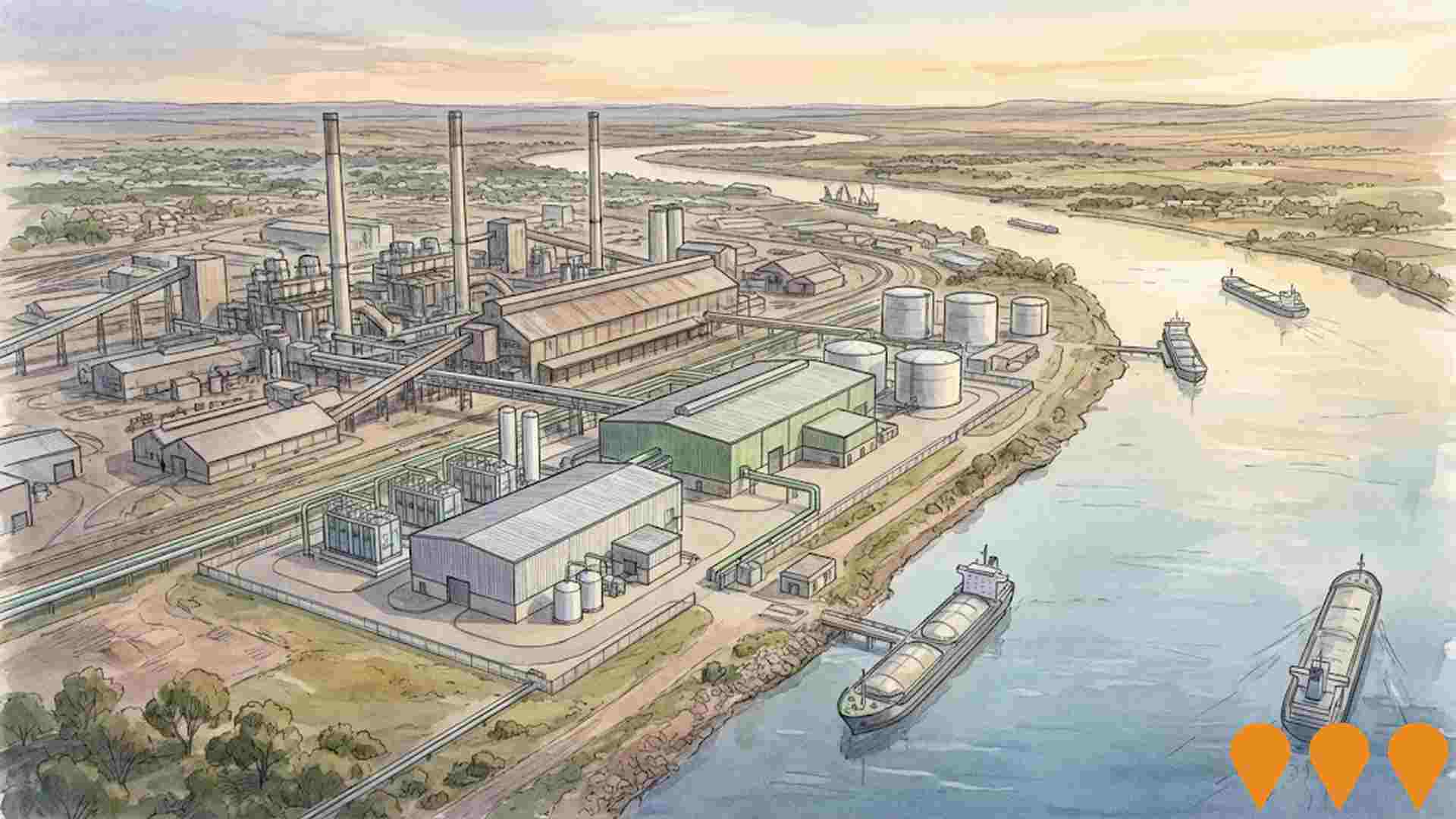Chart Color Schemes
est. as @ -- *
ABS ERP | -- people | --
2021 Census | -- people
Sales Activity
Curious about local property values? Filter the chart to assess the volume and appreciation (including resales) trends and regional comparisons, or scroll to the map below view this information at an individual property level.
Find a Recent Sale
Sales Detail
Population
Port Pirie Surrounds is positioned among the lower quartile of areas assessed nationally for population growth based on AreaSearch's assessment of recent, and medium term trends
Port Pirie Surrounds' population was approximately 3,446 as of August 2025. This figure represents an increase of 111 people, a 3.3% rise from the 2021 Census which recorded a population of 3,335. The growth is inferred from the estimated resident population of 3,413 in June 2024 and an additional 36 validated new addresses since the Census date. This results in a density ratio of 2.2 persons per square kilometer. Port Pirie Surrounds' growth of 3.3% since the 2021 census surpassed the SA3 area's 2.7%, indicating it as a growth leader in the region. Interstate migration was primarily responsible for this population increase.
AreaSearch uses ABS/Geoscience Australia projections for each SA2 area, released in 2024 with a base year of 2022. For areas not covered and years post-2032, the SA State Government's Regional/LGA projections by age category are adopted, based on 2021 data and adjusted using weighted aggregation from LGA to SA2 levels. Future demographic trends suggest lower quartile growth in regional areas nationally, with Port Pirie Surrounds expected to expand by 7 persons by 2041, reflecting a decline of 0.8% over the 17 years.
Frequently Asked Questions - Population
Development
AreaSearch assessment of residential development drivers sees a low level of activity in Port Pirie Surrounds, placing the area among the bottom 25% of areas assessed nationally
Port Pirie Surrounds has seen approximately 11 new homes approved annually. Between FY21 and FY25, 58 homes were approved, with an additional 4 approved in FY26 so far. The average population growth per dwelling built over these years was 0.3 people annually.
This suggests that new supply is meeting or exceeding demand, providing ample buyer choice and potential for future population growth. The average expected construction cost of new dwellings was $265,000, which is below regional levels, indicating more affordable housing options. In FY26, $3.1 million in commercial approvals have been registered. Compared to the rest of South Australia, Port Pirie Surrounds has 74.0% more new home approvals per capita. However, development activity has moderated recently.
The area's recent building activity consists solely of detached dwellings, maintaining its low-density character and appealing to those seeking family homes with space. As of now, there are an estimated 397 people in the area for each dwelling approval. With population expected to remain stable or decline, Port Pirie Surrounds may see reduced housing pressure, potentially presenting buying opportunities.
Frequently Asked Questions - Development
Infrastructure
Port Pirie Surrounds has moderate levels of nearby infrastructure activity, ranking in the 48thth percentile nationally
Changes to local infrastructure significantly influence an area's performance. AreaSearch identified 16 projects that may impact the area. Key projects include Bungama Battery Project, Key Worker Housing Initiative, Port Pirie Masterplan/Yorke Peninsula and Mid North Regional Plan, Green Iron SA Port Pirie Hub. The following list details those most relevant.
Professional plan users can use the search below to filter and access additional projects.
INFRASTRUCTURE SEARCH
 Denotes AI-based impression for illustrative purposes only, not to be taken as definitive under any circumstances. Please follow links and conduct other investigations from the project's source for actual imagery. Developers and project owners wishing us to use original imagery please Contact Us and we will do so.
Denotes AI-based impression for illustrative purposes only, not to be taken as definitive under any circumstances. Please follow links and conduct other investigations from the project's source for actual imagery. Developers and project owners wishing us to use original imagery please Contact Us and we will do so.
Frequently Asked Questions - Infrastructure
Greening Port Pirie Program
A four-year, $5.7 million state-funded partnership between the Government of South Australia and Port Pirie Regional Council, which is part of the Targeted Lead Abatement Program (TLAP). Its primary aims are to minimise lead exposure pathways, beautify the community, and increase biodiversity. Key projects include Water Sensitive Urban Design (WSUD) and streetscaping in the Port Pirie West area (The Terrace and Memorial Drive intersection), greening of Phoenix Park Wetlands, Solomontown Greening & Footpath Sealing, and the Greening Port Pirie Railway Yards Project (led by SA Water). Planting and construction works are ongoing through 2025.
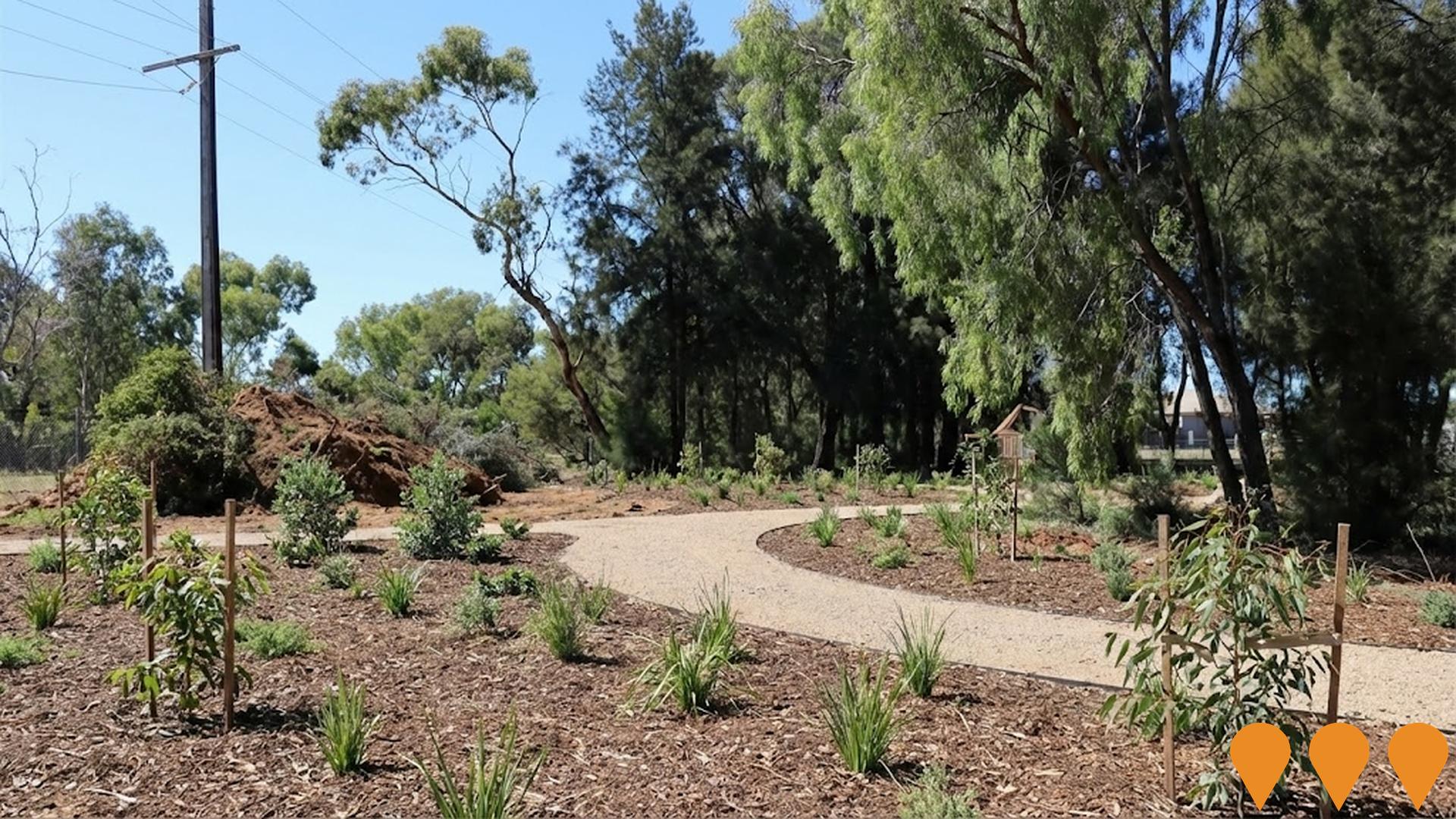
Green Iron SA Port Pirie Hub
A pioneering consortium, Green Iron SA, has launched to accelerate the establishment of a green iron industry in South Australia. The project proposes a phased development, starting with the fast-tracking of the Razorback Iron Ore Project for high-purity magnetite feedstock. The next phase involves production of direct reduction (DR) grade pellets and ultimately manufacturing and exporting Direct Reduced Iron (DRI) in the form of Hot Briquetted Iron (HBI) from Port Pirie, leveraging renewable energy and green hydrogen when available. The consortium is seeking government collaboration for critical enabling infrastructure (water, power, logistics).
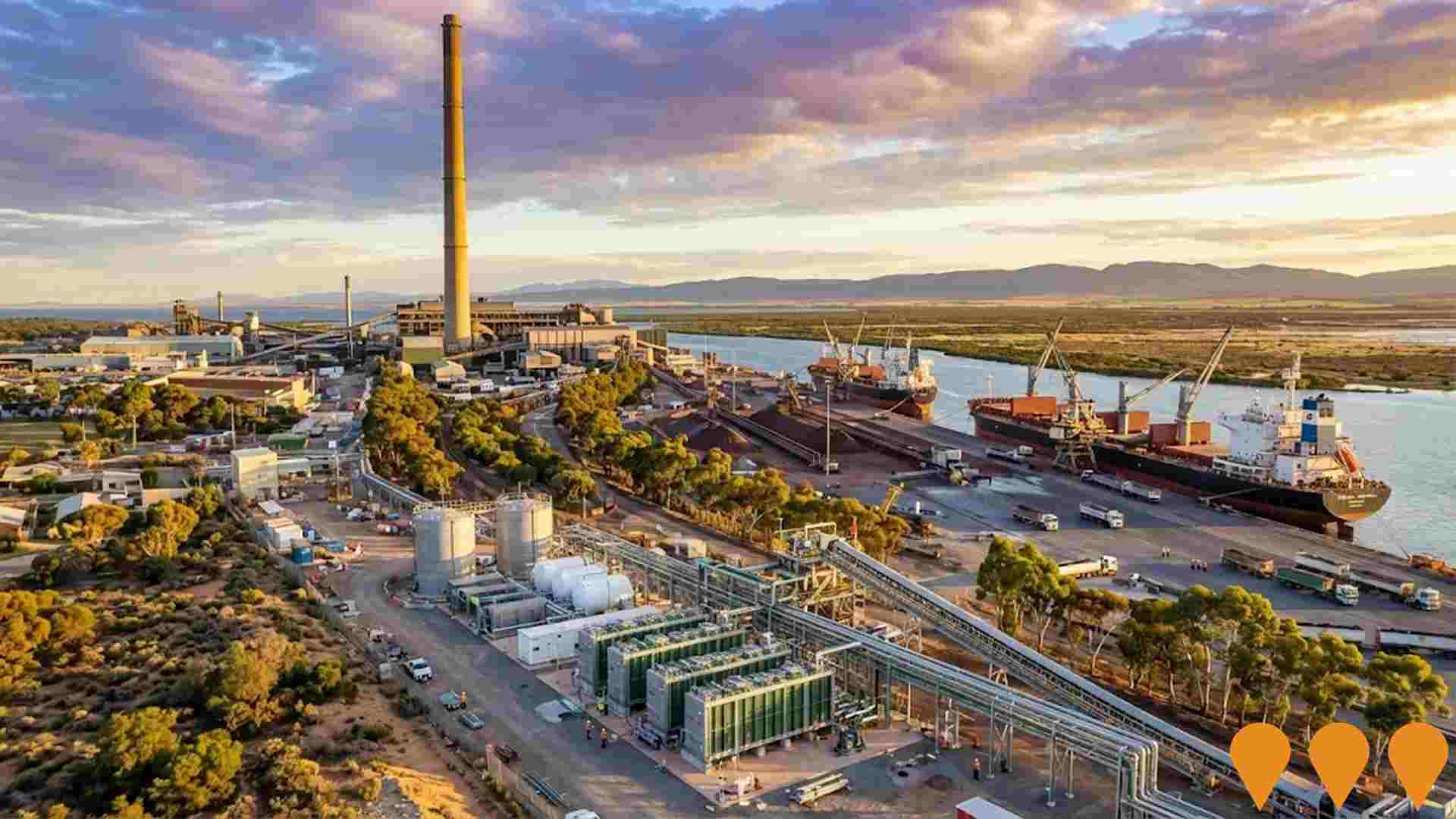
Nyrstar Port Pirie Smelter Transformation
Major redevelopment of the Nyrstar lead-zinc smelter at Port Pirie to implement advanced PAR (Port Pirie Advanced Recycling) technology, significantly reducing lead-in-air emissions, modernising the facility and securing its long-term future. The A$750 million transformation project reached full mechanical completion in 2023 with final commissioning and performance testing completed in 2024.
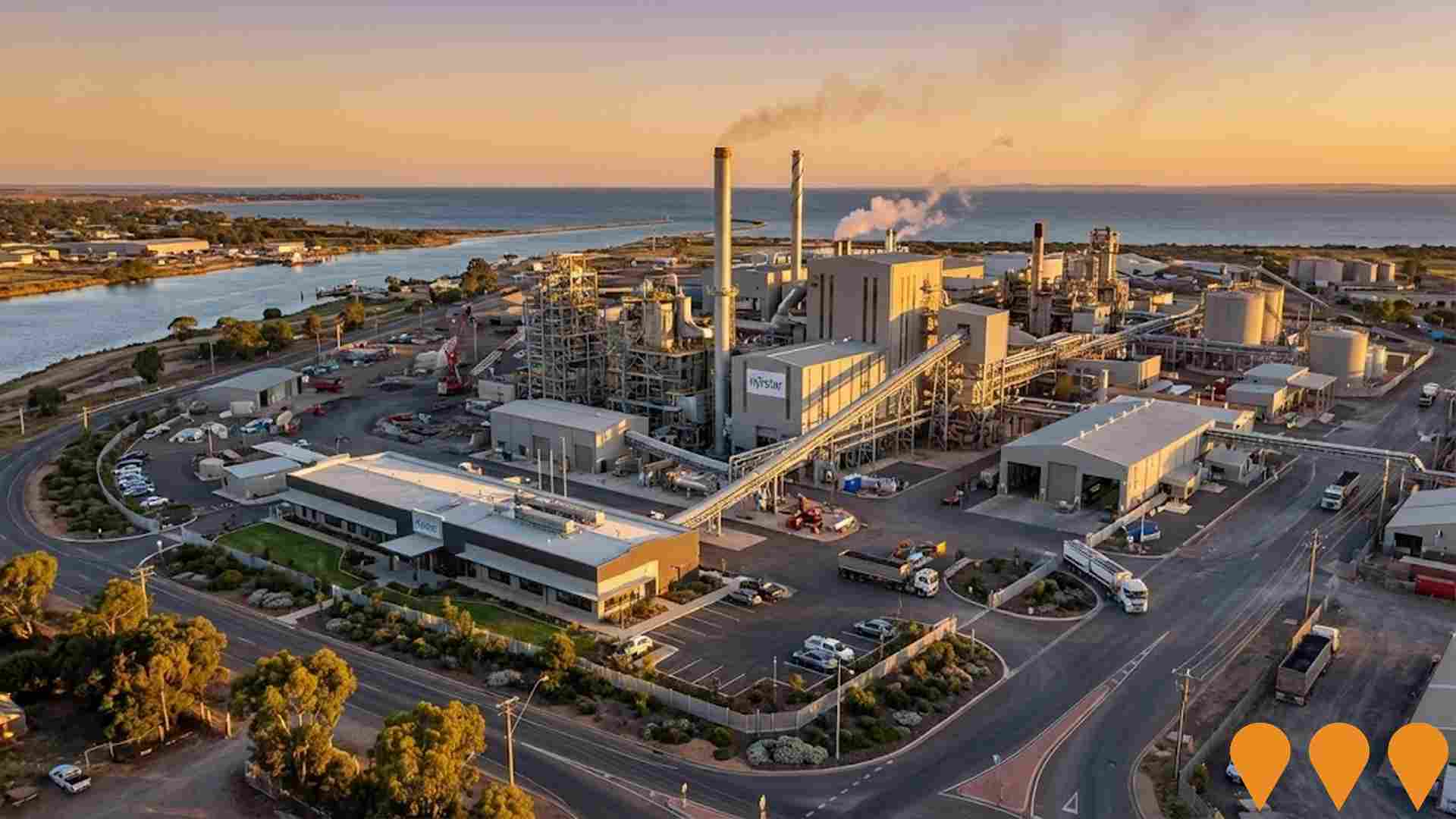
Port Pirie Masterplan / Yorke Peninsula and Mid North Regional Plan
A State Government-led masterplan for the urban and economic transformation of the Port Pirie region. The broader planning context is the **Yorke Peninsula and Mid North Regional Plan**, which includes focusing on industrial diversification (like the Nyrstar Green Hydrogen Project), affordable and diverse housing, infrastructure upgrades, and environmental improvements (such as the Greening Program) to position Port Pirie as a modern regional centre. The Plan is aligned with the 20-Year State Infrastructure Strategy and is currently in the community and stakeholder engagement phase, with the final plan anticipated for late 2025. This project encompasses several separate initiatives like the Riverbank Precinct redevelopment (Stage 1 in Construction) and the ongoing Nyrstar transformation efforts.
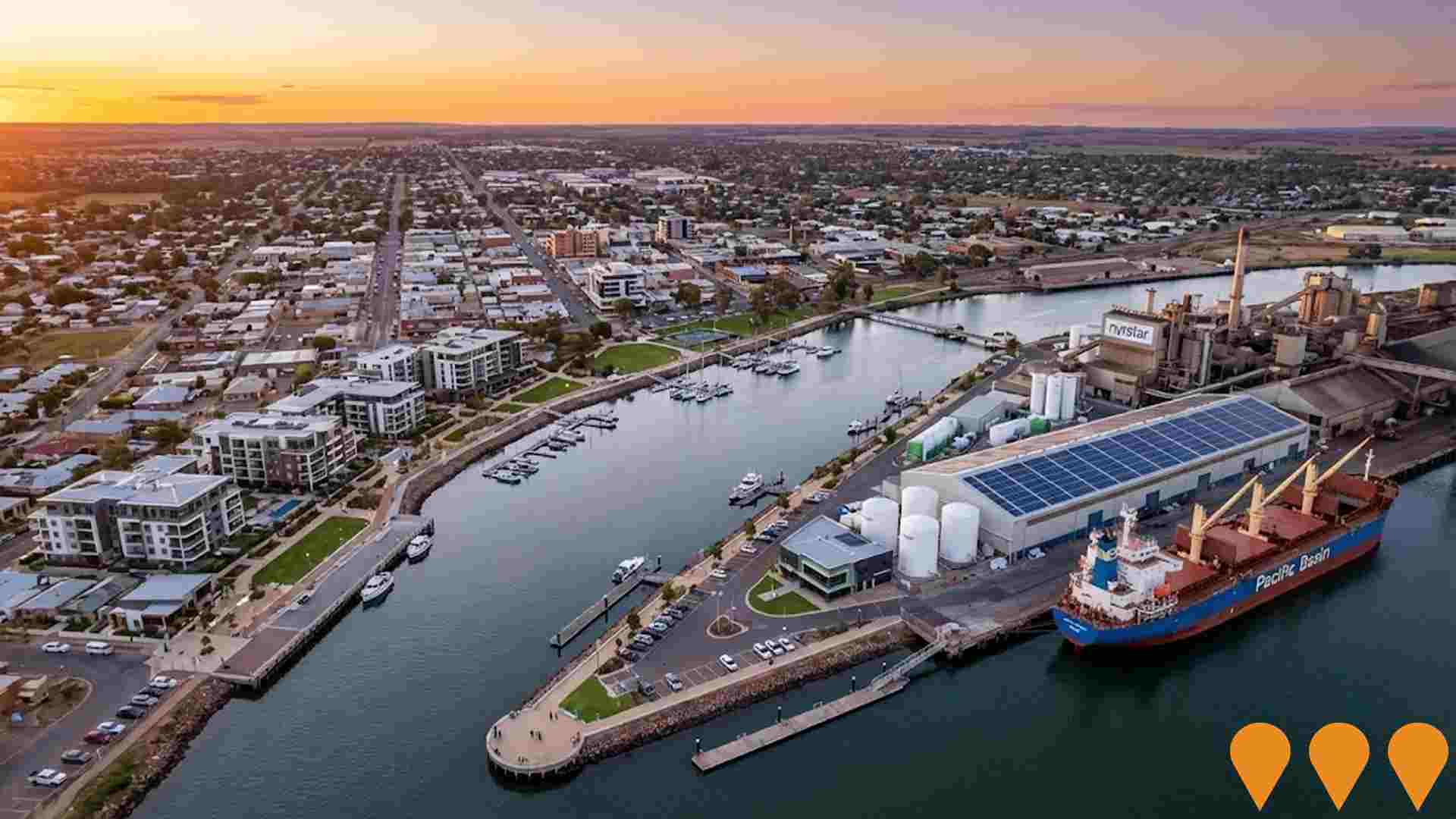
Port Pirie Riverbank Precinct
Multi-staged renewal of the Port Pirie foreshore focused on Solomontown Beach and a youth precinct. Stage 1 delivers a connected promenade, new shelters and BBQs, upgraded toilets, a beach deck with shade structure, a pump track and a basketball half court to enhance community recreation and tourism.

Port Pirie Wharf Upgrades
Infrastructure upgrade project involving sealing of 19,350 square metres of previously unsurfaced port area with 6,100 tonnes of asphalt. Removal of 8,800 tonnes of contaminated material and addition of 9,100 tonnes of new material. Focus on Berths 5 and 7 to enhance port capacity and economic benefits to Mid North region.
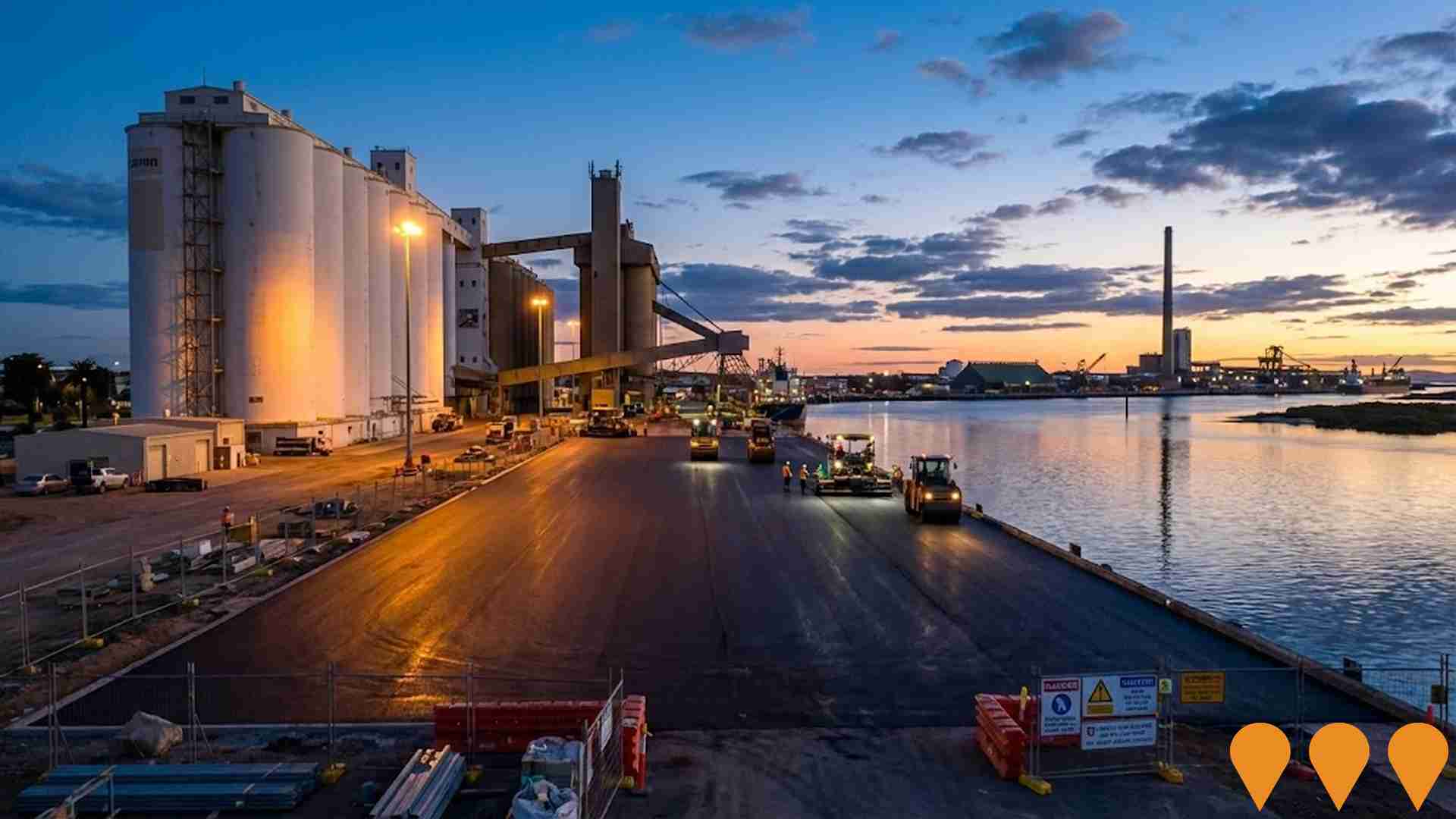
Key Worker Housing Initiative
Renewal SA selected Graycar Contractors through an EOI to deliver 10 rental homes for key workers at Balmoral Park Estate (Risdon Park), with a minimum 10-year lease to Government Employee Housing. The proposal also unlocks 42 additional serviced residential allotments at the estate. Chelsea Homes (JV partner) will construct the houses and civils within an indicative 30 months from August 2025.

Court Sports Facility Precinct Concept
Feasibility study, initial concept plan, and cost estimations for a proposed joint multi-use court-based sports complex. The initial concept includes 3 combined indoor netball/basketball courts (one showcourt), potential for an additional indoor court, 4 dedicated outdoor tennis courts, 6 shared outdoor tennis/netball courts, and 2 dedicated outdoor netball show courts with 10 additional shared courts. The project is in the early planning stages, with Council seeking to refine the concept with sporting associations before pursuing grant funding.

Employment
AreaSearch assessment indicates Port Pirie Surrounds faces employment challenges relative to the majority of Australian markets
Port Pirie Surrounds has a diverse workforce with both white and blue collar jobs. Key sectors include health care & social assistance, agriculture, forestry & fishing, and education & training.
As of June 2025, the unemployment rate is 5.1%. This is 0.5% higher than Rest of SA's rate of 4.6%. Workforce participation is similar to Rest of SA at 54.1%. Employment in health care & social assistance is particularly high, at 1.3 times the regional average.
However, construction employment is lower at 5.8% compared to 8.1% regionally. The area may have limited local employment opportunities, as indicated by Census data showing fewer working residents than expected based on population. Between June 2024 and May 2025, the labour force increased by 0.1%, while employment declined by 1.3%, raising the unemployment rate by 1.4 percentage points. In comparison, Rest of SA saw a 1.2% employment drop, a 0.1% labour force expansion, and a 1.2% unemployment rise. Jobs and Skills Australia's national employment forecasts from May 2025 project overall growth of 6.6% over five years and 13.7% over ten years. Applying these projections to Port Pirie Surrounds' employment mix suggests local growth of approximately 5.6% over five years and 12.5% over ten years, though this is a simplified extrapolation for illustrative purposes only and does not account for local population changes.
Frequently Asked Questions - Employment
Income
Income figures position the area below 75% of locations analysed nationally by AreaSearch
AreaSearch's data for financial year 2022 shows Port Pirie Surrounds had lower incomes than the national average. The median income was $48,972 and the average was $59,470. This compares to Rest of SA's median income of $46,889 and average of $56,582. Based on a 12.83% growth since financial year 2022, current estimates for Port Pirie Surrounds would be approximately $55,255 (median) and $67,100 (average) by September 2025. Census data indicates incomes in Port Pirie Surrounds fall between the 9th and 10th percentiles nationally. The largest income segment is 27.2% earning $1,500 - 2,999 weekly. Housing costs are modest with 90.1% of income retained, but total disposable income ranks at just the 16th percentile nationally.
Frequently Asked Questions - Income
Housing
Port Pirie Surrounds is characterized by a predominantly suburban housing profile, with above-average rates of outright home ownership
The dwelling structure in Port Pirie Surrounds, as per the latest Census, consisted of 94.4% houses and 5.6% other dwellings (semi-detached, apartments, 'other' dwellings). This compares to Non-Metro SA's 89.8% houses and 10.2% other dwellings. Home ownership in Port Pirie Surrounds stood at 48.9%, with the rest being mortgaged (36.0%) or rented (15.1%). The median monthly mortgage repayment was $997, higher than Non-Metro SA's average of $888 but significantly lower than the national average of $1,863. The median weekly rent in Port Pirie Surrounds was $200, compared to Non-Metro SA's $182 and the national figure of $375.
Frequently Asked Questions - Housing
Household Composition
Port Pirie Surrounds has a typical household mix, with a higher-than-average median household size
Family households constitute 69.5% of all households, including 25.5% couples with children, 33.4% couples without children, and 9.1% single parent families. Non-family households comprise the remaining 30.5%, with lone person households at 28.7% and group households making up 1.8%. The median household size is 2.4 people, larger than the Rest of SA average of 2.2.
Frequently Asked Questions - Households
Local Schools & Education
Port Pirie Surrounds faces educational challenges, with performance metrics placing it in the bottom quartile of areas assessed nationally
The area's university qualification rate is 13.2%, significantly lower than the Australian average of 30.4%. Bachelor degrees are the most common at 10.4%, followed by graduate diplomas (1.6%) and postgraduate qualifications (1.2%). Vocational credentials are prevalent, with 39.7% of residents aged 15+ holding them, including advanced diplomas (9.2%) and certificates (30.5%). Educational participation is high, with 26.6% of residents currently enrolled in formal education, comprising 13.1% in primary, 8.4% in secondary, and 1.5% in tertiary education.
The area's three schools have a combined enrollment of 193 students, operating under typical Australian school conditions (ICSEA: 964) with balanced educational opportunities. All three schools focus on primary education, with secondary options available nearby. Local school capacity is limited at 5.6 places per 100 residents compared to the regional average of 14.7, resulting in many families traveling for schooling.
Frequently Asked Questions - Education
Schools Detail
Nearby Services & Amenities
Transport
No public transport data available for this catchment area.
Frequently Asked Questions - Transport
Transport Stops Detail
Health
Health performance in Port Pirie Surrounds is well below average with prevalence of common health conditions notable across both younger and older age cohorts
Port Pirie Surrounds faces significant health challenges, with common conditions prevalent across both younger and older age groups. Approximately 50% (~1,705 people) have private health cover, lower than the national average of 55.3%.
The most frequent medical issues are arthritis (10.4%) and mental health problems (9.6%). About 60.4% report no medical ailments, slightly higher than the Rest of SA's 59.4%. Around 25.1% (~863 people) are aged 65 or over, lower than Rest of SA's 26.5%. Health outcomes among seniors show some difficulties but perform better than the general population in health metrics.
Frequently Asked Questions - Health
Cultural Diversity
The latest Census data sees Port Pirie Surrounds placing among the least culturally diverse areas in the country when compared across a range of language and cultural background related metrics
Port Pirie Surrounds had a cultural diversity index below the average, with 91.8% of its residents born in Australia, 94.0% being citizens, and 96.5% speaking English only at home. Christianity was the predominant religion in Port Pirie Surrounds, accounting for 51.6% of the population, compared to 49.1% across the Rest of SA. The top three ancestry groups were Australian (34.6%), English (32.4%), and Irish (7.5%).
Notably, German ancestry was overrepresented at 6.8%, compared to 6.8% regionally, Dutch at 1.8% (vs 1.0%), and Greek at 1.2% (vs 0.7%).
Frequently Asked Questions - Diversity
Age
Port Pirie Surrounds hosts an older demographic, ranking in the top quartile nationwide
Port Pirie Surrounds' median age in 2021 was 47 years, matching the Rest of South Australia's average but considerably older than the Australian median of 38. Compared to the Rest of SA average, the 5-14 cohort was notably over-represented at 13.6% locally, while 25-34 year-olds were under-represented at 7.6%. Post-2021 Census data showed that the 15 to 24 age group grew from 8.7% to 11.1%, and the 75 to 84 cohort increased from 8.0% to 9.2%. Conversely, the 5 to 14 cohort declined from 14.7% to 13.6%. By 2041, Port Pirie Surrounds is expected to see notable shifts in its age composition. Leading this demographic shift, the 85+ group will grow by 119%, reaching 178 people from 81. The aging population dynamic is clear, with those aged 65 and above comprising 68% of projected growth. Conversely, both the 0 to 4 and 15 to 24 age groups are expected to see reduced numbers.
